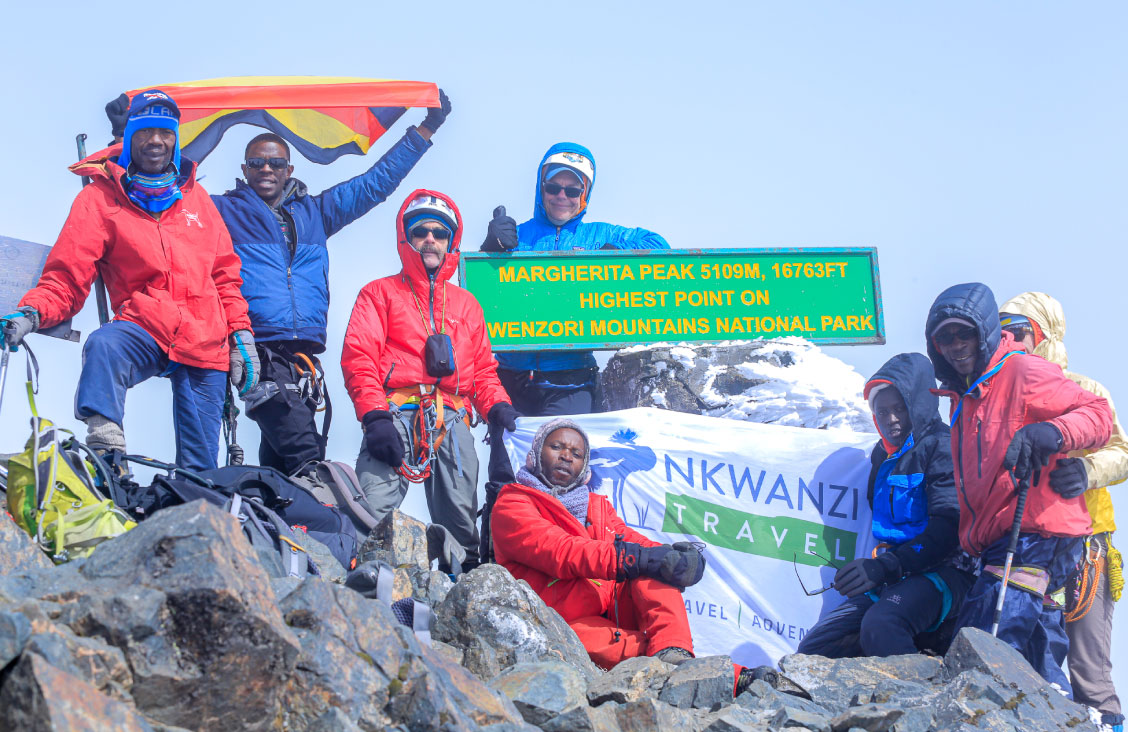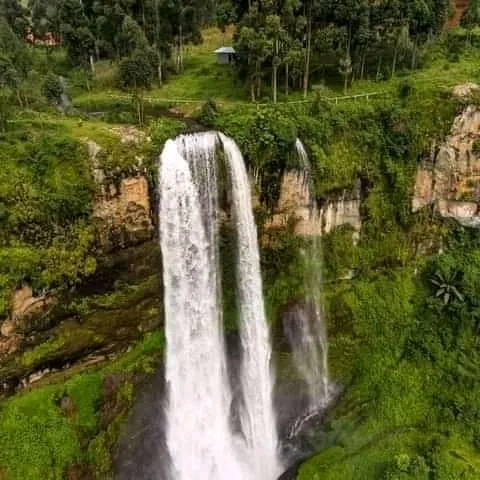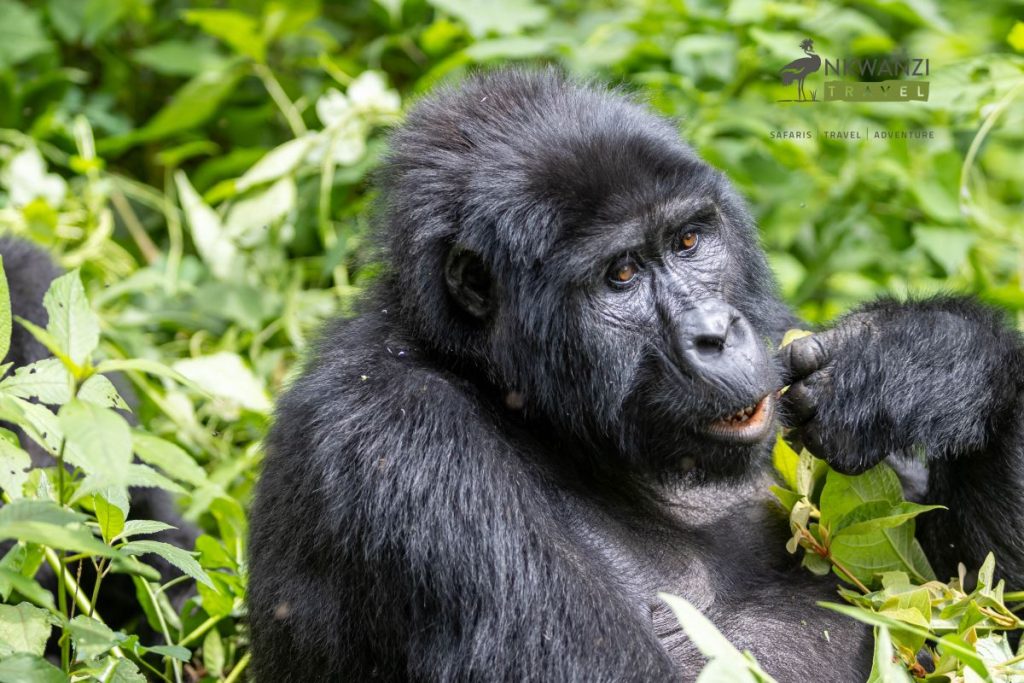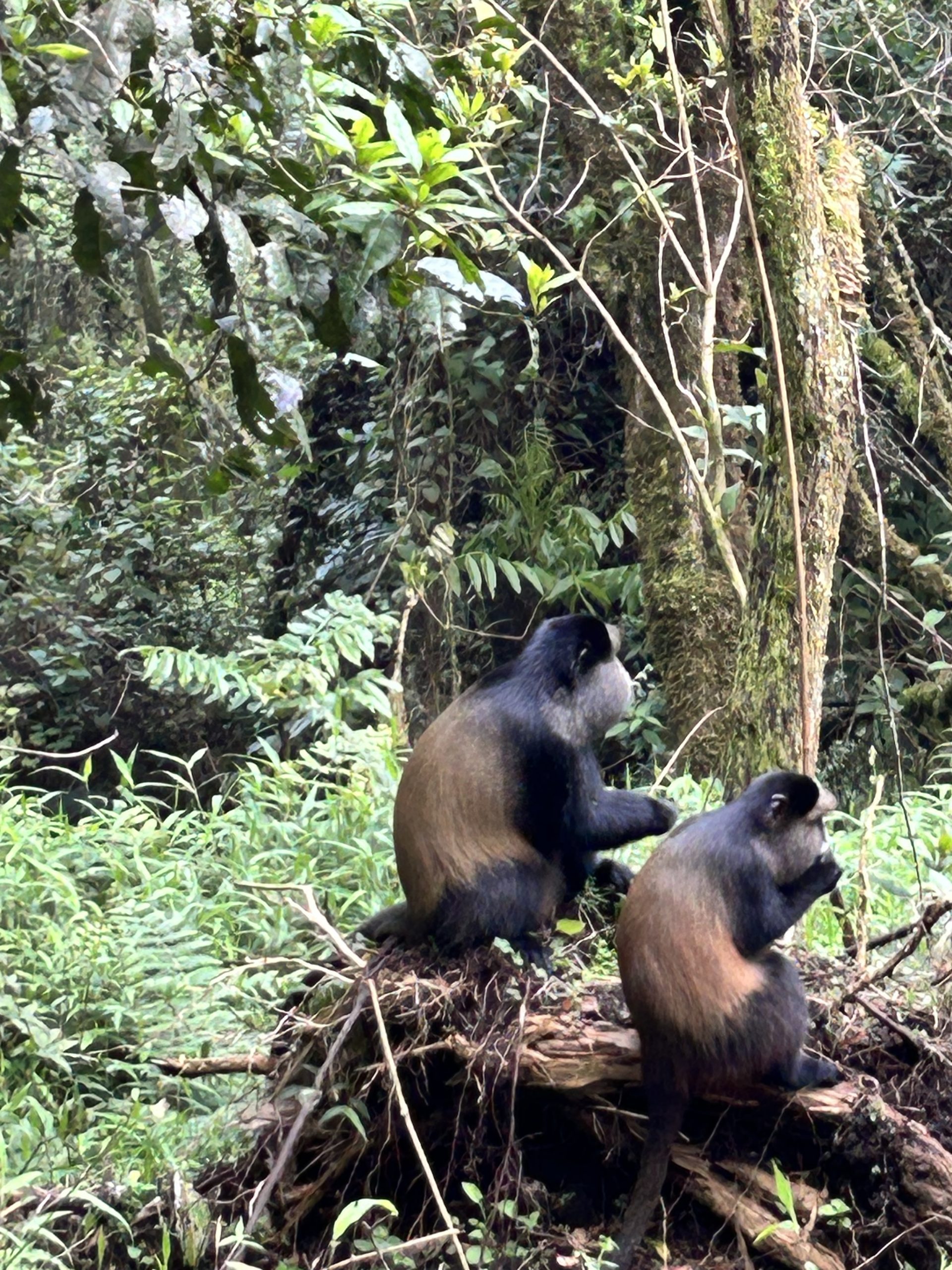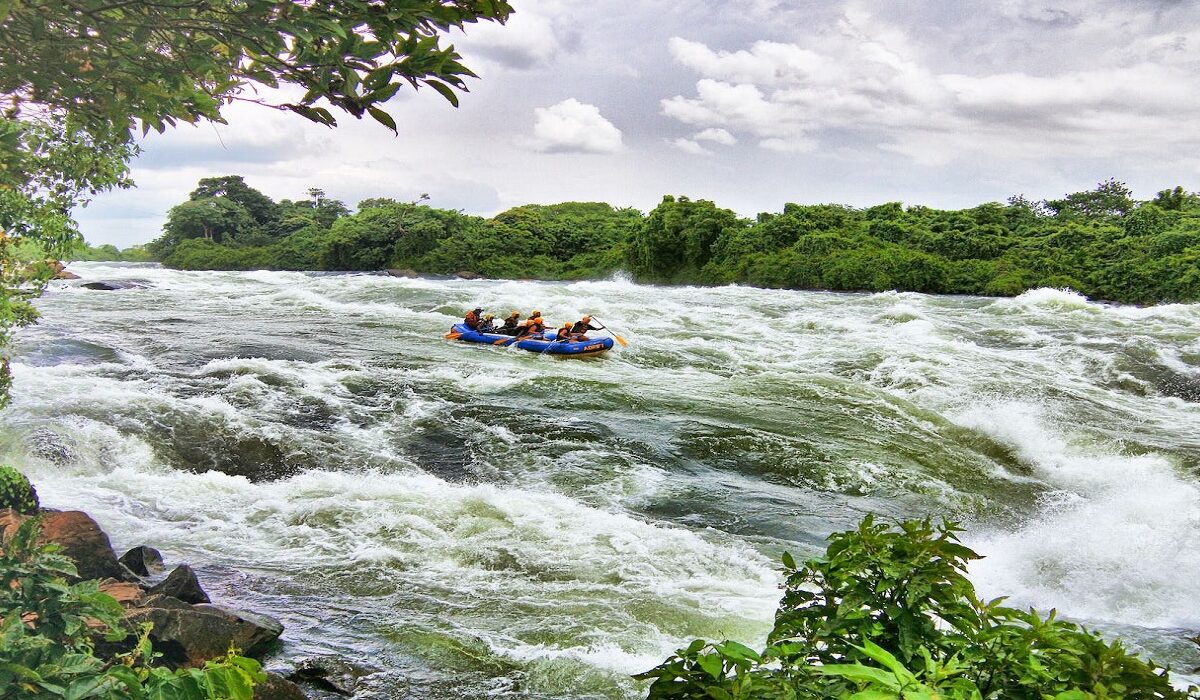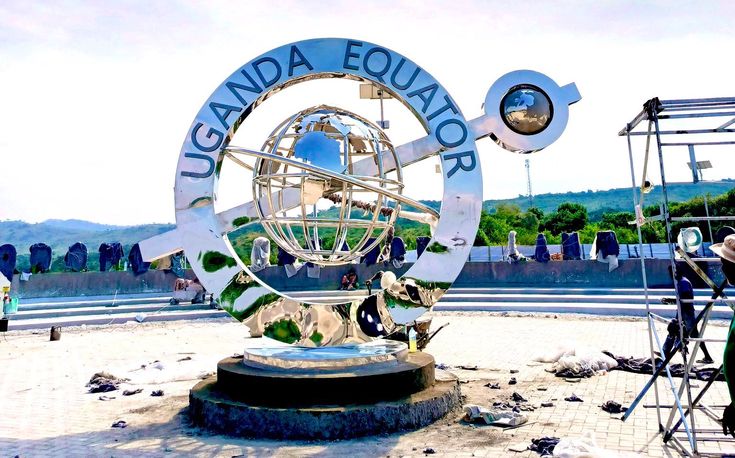Fort Portal
Fort Portal City is a Tourism City of Uganda situated at the base of the Rwenzori Mountains in the greater Tooro kingdom, Western Region of the Country. Known for being vibrant and welcoming, Fort Portal is the gateway to Uganda’s adventures. Fort Portal City lies on the northern foothills of Rwenzori Mountain ranges, 50km north of Kasese District close to Queen Elizabeth National Park and it is 26km from Kibale national park.


